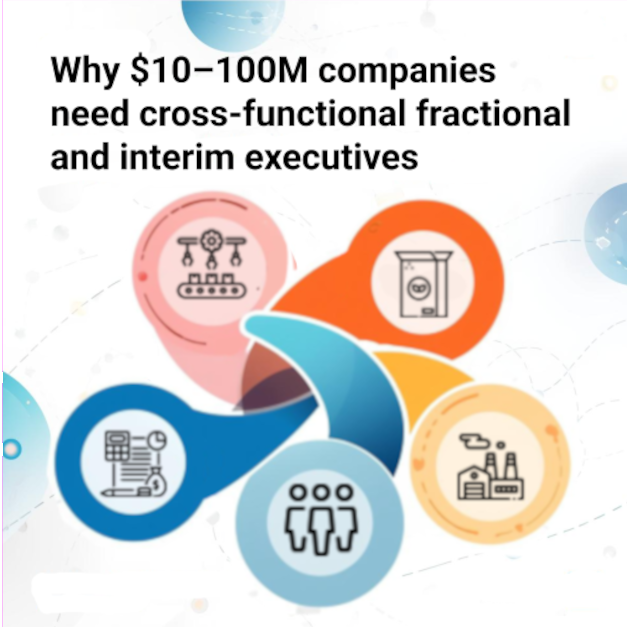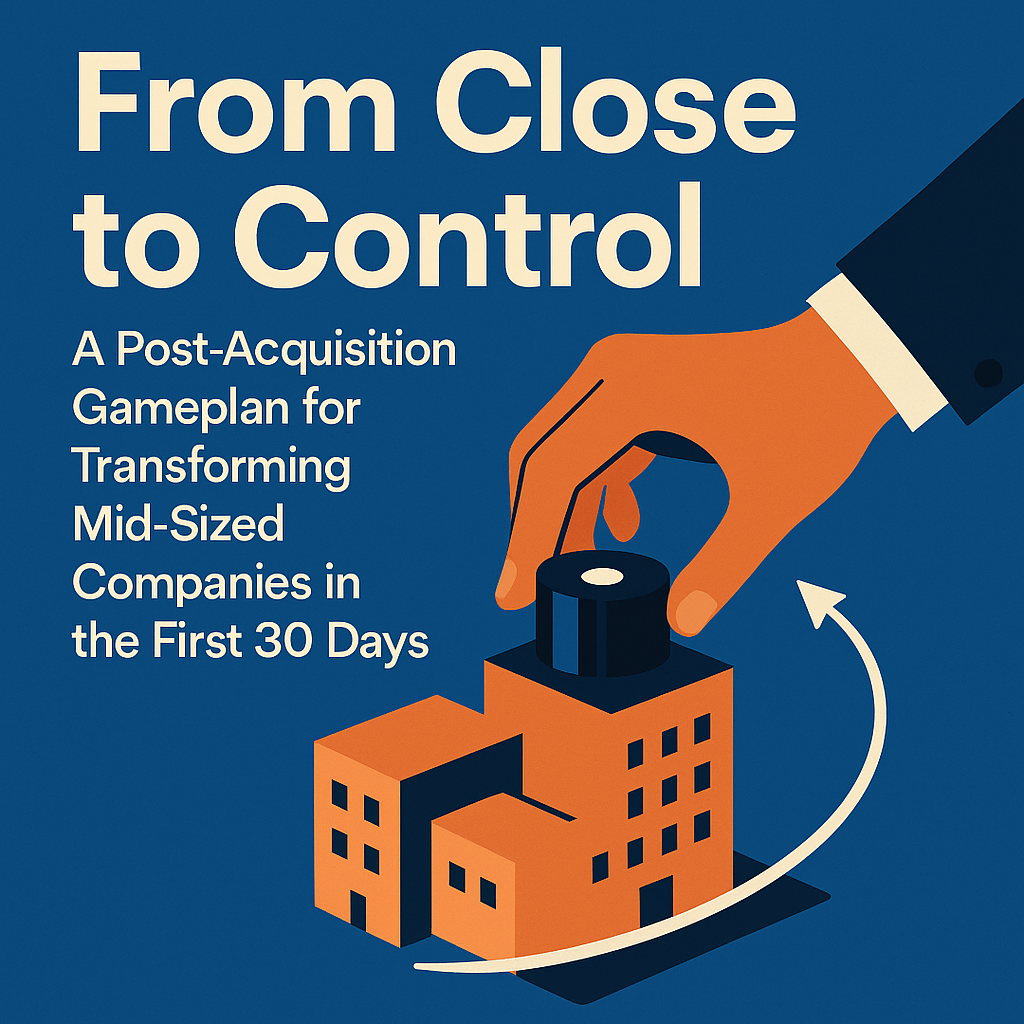Why $10–100M companies need cross-functional fractional and interim executives

Most founders/CEOs of companies between $10M – $100M think their problems sit in one bucket: Sales, Manufacturing, Operations, People, Finance. But the truth? Those buckets are linked.
Most CPG founders only think they’ve made it when they reach $20M. But the real achievement isn’t $20M it’s $2M.

Most CPG founders only think they’ve made it when they reach $20M. But the real achievement isn’t $20M it’s $2M.
Scaling Without Bloat

Scaling Without Bloat Requires an Owner Mindset A leader’s way of working is shaped by what brought them success in the past. Executives who come from large companies know how to lead managers, navigate complex org charts, and delegate through layers. They know how to manage complexity, policies, and politics while achieving organizational goals. But […]
Why Leading Managers Isn’t the Same as Leading Executives

For a CEO, leading a sub-$100M business is not a junior version of leading a $500M one – it’s a completely different animal altogether. The difference isn’t just in the simplicity of smaller companies-fewer product lines, leaner teams, and more straightforward go-to-market strategies – it’s in the kind of leadership that drives success.
From Close to Control

Mid-sized companies bring unique challenges. They’re too complex for simple solutions but too lean for big-company resources. Leaders must be scrappy and hands-on—able to both develop the right strategy, the know-how to implement change and consistency to deliver ongoing results.
Money Can Be the Fastest Way to Zero

Cash is king—or so the adage goes. But for many leaders, an influx of capital doesn’t improve their company, rather it accelerates their demise.
Why Leaders Hesitate: Overcoming Inaction

Leaders are constantly faced with the need to initiate change from addressing small daily issues to capturing major strategic opportunities. They know the consequences of failing to make changes eventually compound – creating bigger problems down the road. Yet, many leaders will go to great lengths to avoid changing how things have been done before – the status quo.
The Need for Speed: The Most Effective Way to Move Quickly is to Make the Right Decisions the First Time

Speed is often touted as a critical factor for success, with businesses of all sizes striving to move swiftly to capitalize on opportunities, stay ahead of the competition and save money. However, there’s a crucial nuance to this need for speed: it’s not just about moving fast; it’s about moving fast in the right direction. Here lies the distinction between mere haste and effective leadership.
Inflection Points: when current strategies no longer work

Inflection points manifest in two primary forms: expansion or contraction. However, both signify the same reality; strategies that worked in the past may no longer suffice in the future. Successfully navigating through either type of inflection point is crucial for a business’s survival.
While many executives rely on financial metrics to detect inflection point shifts, these metrics often lag behind the actual changes.
Adjacencies Are An Outdated Growth Strategy
Developing adjacent businesses is another way of saying you’re committing to doing the same thing as before. Building a growth strategy based on category adjacencies sounds like a great idea. Adjacencies are intended to leverage your company’s existing infrastructure, know-how, brands and route to market. They enable your company to launch new products and innovations […]